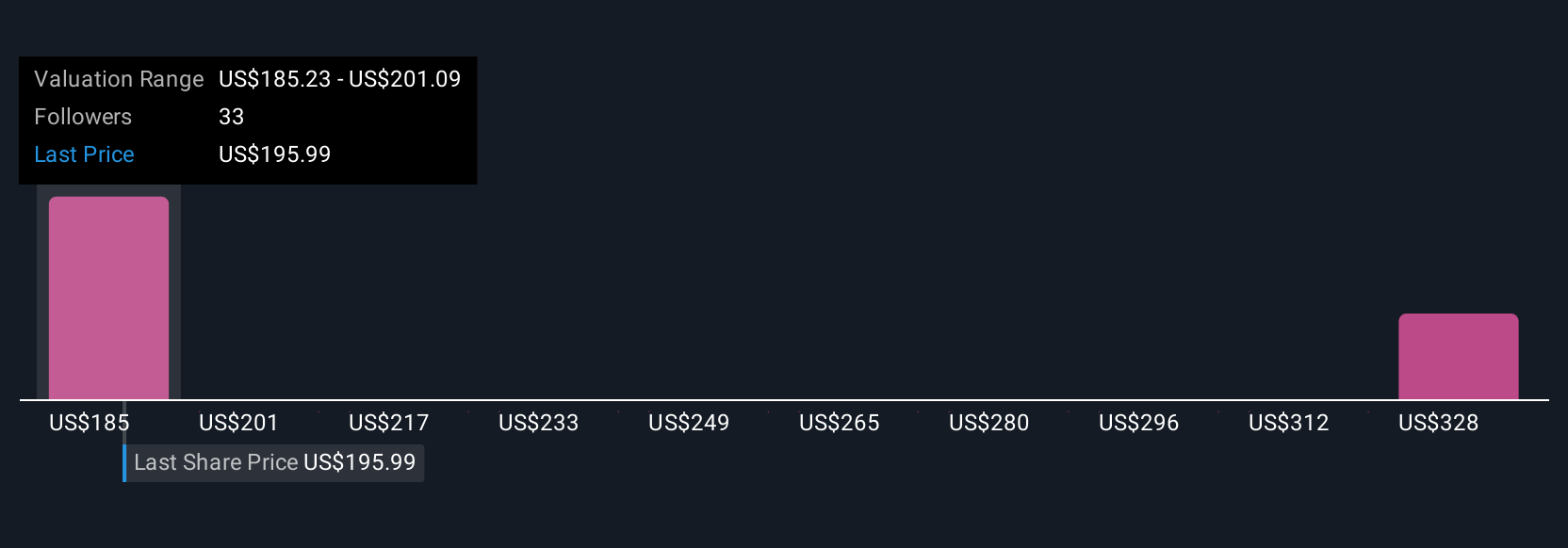Before the “playbook” was introduced, Wells Fargo’s Secure Identity Management Services (SIMS) authentication platform posed challenges for the company’s tech stack, in terms of its agility and ability to scale to increasing demand for the services.
As a set of services that all require a secure login, SIMS-related updates and feature enhancements often required making bulky changes that required significant lead time for updates and market rollouts, as well as delayed reaction times to customer feedback. Wells Fargo needed a solution that could unify service enhancements without impacting resiliency of the services, and they found that in a new deployment architecture with MongoDB .
For the SIMS Project, the team built upon their “playbook” patterns with new stacks created in MongoDB, modernizing its applications with technologies like Apache Kafka and Apache Flink, streaming platforms that easily connect to MongoDB. This new architecture stack coexisted alongside the legacy platform stack used during migration, which allowed Wells Fargo to run both systems in parallel so the team could confirm that the new stack worked and scaled as designed.
“One of the capabilities that we required during this modernization process was reverse sync,” Pogalur said. “Meaning, ‘How do we make sure that in this process of coexistence what gets written into one database also gets replicated into the legacy database?’” Reverse sync capabilities allowed Wells Fargo to switch over to the new functionality completely, without any customer service impact or data integrity loss.
Now the Wells Fargo stack—powered by MongoDB—manages 70 million transactions per day, 35 terabytes of data, 20 separate microservices, and 2.5 billion MongoDB documents.
“MongoDB was built by developers, for developers, to empower teams to build better and faster in a more organic way, on a foundation built for the most demanding security, durability, reliability, availability, and performance at scale requirements while solving their data challenges,” said Andrew Davidson, Senior Vice President of Product Management at MongoDB. “Our fully managed platform boasts a range of powerful features—from multi-cloud capabilities, to support for integrated search and vector search-native tooling—and takes care of time-consuming tasks so teams can focus on innovating with technology like generative AI.”
Scaling for the Future
The successful modernization project with MongoDB has enabled Pogalur and team to continue to innovate and prototype more quickly, while also focusing on industry-expanding technologies, specifically, generative AI (gen AI).
Pogalur and his team are now thinking about options for using gen AI, from how Wells Fargo’s developers can use gen AI, to how gen AI might impact the company’s virtual assistant, Fargo, which allows customers to send money, search transactions, and receive spending summaries.
While large language models create several innovative opportunities Pogalur’s team is also interested in leveraging small language models (SLM)—smaller neural networks, trained on smaller and domain specific datasets, that are ideal for edge or offline uses—to provide great customer experiences.
“If we think about the edge, we are looking at generative AI models that work very well on the device,” he said. “It’s interesting because we can use a small language model that understands the domain and context very well—and allows us to build context aware, personalized experiences for our customers .”
Source: wired.com







